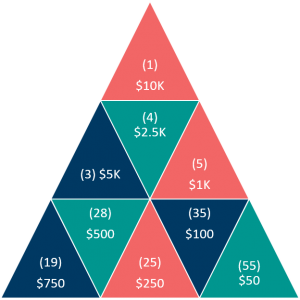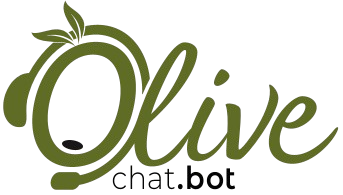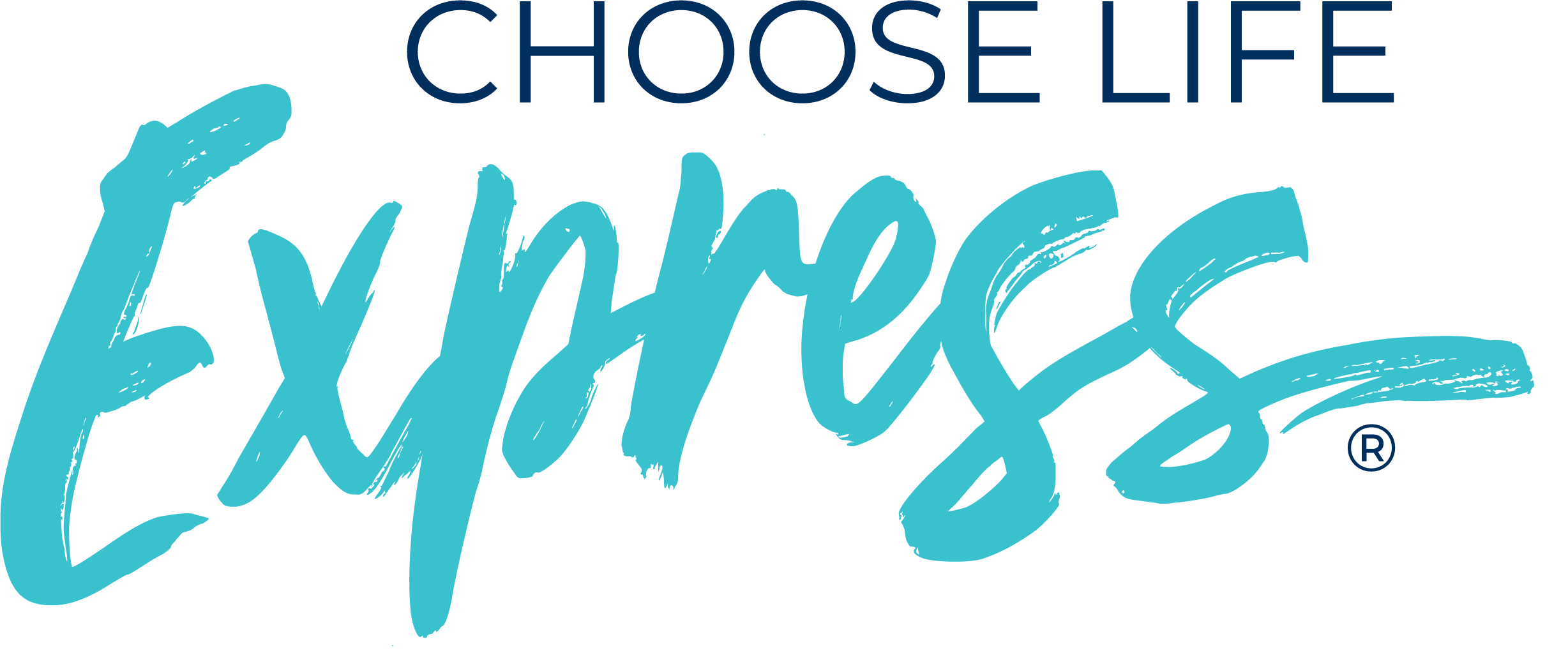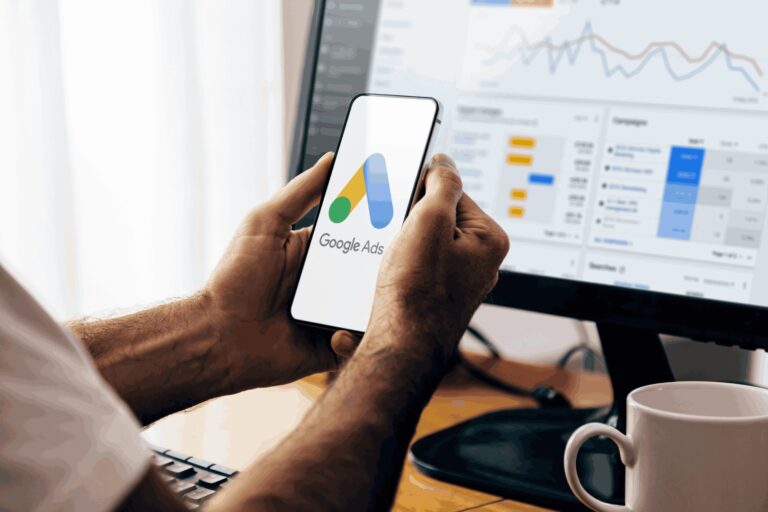It all begins with a plan. It’s important to create a plan that includes financial goals, donor list segmentation, phone calls and scheduled visits. These steps will help you set goals and carry out initiatives that will make an impact and help you achieve your fundraising goals.
1. GOAL SETTING
What do you want to achieve this year? Is there a new program, or expansion in the next 9 months? Are you planning to integrate more technology within your center? How much more is needed over last year? Your donors are waiting to hear from you. They want to know your plans.
Your goal should always be higher than last year. Showing growth is key and also donors want to see that. If your organization isn’t growing, then it appears to be dying. Even in the midst of a pandemic where you might be tempted to cut your budget or keep it similar to last year – don’t. Is your plan fresh and exciting? Is it taking into consideration that in 2021, the landscape within our nation is very different? With the threat of publicly funded abortion, how are you going to meet the increased need?
Your goals need to meet today’s challenge with tomorrow’s vision.
2. ANALYZE YOUR LIST
You always want to raise the bar on current giving levels and shoot higher than what you need. This begins with looking at your list of supporters.
How do you determine a donor’s giving capacity? Scrutinize and analyze your donor list. Focus on those who have given over those 3 years and do some research on your prospects. (If they haven’t given in 3 years, they are not likely to donate this year.) Where do they work? What are their other charitable interests? Who are their friends and family? Read the business news in your community – it’s helpful to know if a donor sold their business or received a promotion.
Compare how many $1,000+ gifts you have raised each year over the past 5 years. Is it trending upwards, flat or going down? What do you see as your potential revenue from this group of donors? Establish three giving levels from this group and find 3 prospects for each giving level needed to help you reach
your goal.
Anyone giving the same amount for two or three years is ready to be asked to upgrade. Those with a long giving history have a long-term commitment and would be good prospects for a vision gift. Those who have given in the past but didn’t in 2019 or 2020 need to be re-engaged.
3. CREATE A GIFT CHART

4. MATERIALS FOR PRESENTATIONS
As you plan your strategy, remember you will need a leave behind piece for donors to look over after you have met with them. Make sure it is concise, well designed, tells your story powerfully and clearly lays out your needs. Keep the information to four pages, including both images and text. A recent study showed that most donors are willing to meet one on one or in small groups. In addition to your printed piece, in those in-person meetings use technology, such as an iPad, to show off anything like a new website or social media campaign.
5. GATHER WITH INTENTION
Covid has changed so much about our world of fundraising. However, there is good news ahead. While gathering in someone’s home currently isn’t an option, it likely will be in the second half of the year. Home gatherings are a great place to further develop a relationship with your current donors and get to know their friends in a smaller setting. Some donors are extremely socially connected. Ask them to host a gathering, inviting friends, family and associates into their home to hear more about your organization. A room full of 20 or 30 affluent friends will average $1,000 a giving unit if the organization is new to them. Often they will give out of connection to their friend, the host.
6. SET APPOINTMENTS
Ideally, you will want to set five appointments per week (in-person visits or video calls). You will get the largest gift from those you are able to go see. At your appointments, give them updates on your projects and programs.
If they cannot meet, a handwritten personal note is always great too. Keep the note short and let them know insider information on upcoming projects and other things you have in the works. It helps them feel a personal connection to your center and what you are doing.
Plan to also have some ongoing stewardship phone calls with them, too, getting to know them, their interests and about their families. If you have a gift you’d like to drop with them – maybe a signed photo of them with the speaker of your banquet – that would be considered a stewardship call.
7. THE ASK
When you’re ready to begin asking your prospects for major gifts, begin with your top three prospective donors. When you call each prospective donor, explain that you’d like to follow-up on your previous discussions, and talk specifically about how they might be able to help your organization, project, or program. It should be no secret why you’re coming.
Special Tip: If they ask you if you’re coming to ask them for money, say “yes.” This is a relationship, and relationships are built on trust and honesty. The donor should not be surprised when you ask them for money.
“Yes, I’d like to come discuss how you might invest in our organization in a bigger and more meaningful way.”
Securing a meeting date, time, and place, is the hardest part. So you’re more than halfway there once that is established.
Practice your “ask”. Role playing is a good idea.
“Tom, you’ve been such a great supporter of this organization, and we want to thank you again for that. As you know, the organization needs more funding to accomplish X-Y-Z goals that we’ve been discussing.”
“I’m here today to ask you to consider a gift in the range of $5,000 to support the Reach Her First.”
Key take aways in the language:
• Consider a gift
• Range of $5,000 — a specific amount
• Reach Her First Campaign — a specific program or service
Now, at his point, you need to pause – don’t speak. Let them think about it and respond. This would be a good time to take a drink of the water sitting in front of you. Active listening is key.
Then finally, make sure you know how to respond to “no” or “maybe”. That’s important!
Fundraising and donor development are an important aspect of your ministry. They are your partners who play a key role in helping you achieve your mission each day. As you build meaningful relationships, you have the ultimate privilege of connecting your donors to life- changing, life-saving work God is doing in your center. You are helping them and connecting them to opportunities that make a difference in this world.
And, for some, you are helping them realize their dreams.
Choose Life Marketing offers a vast array of fundraising and marketing services to support your pregnancy center. We would love to help you reach or exceed your fundraising goals in 2021.
Give us a call at 573-445-9295, email us at info@chooselifemarketing.com, or visit our website at www.chooselifemarketing.com to learn more about how we can help!







